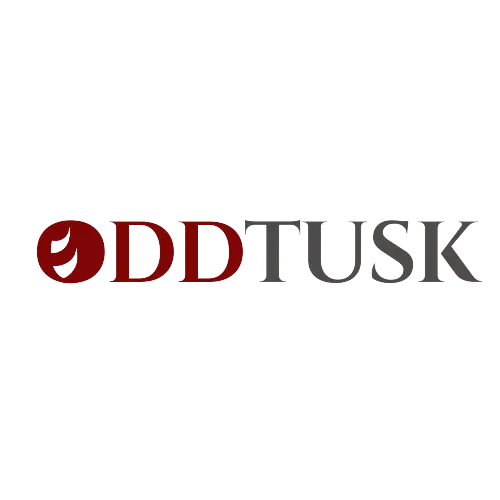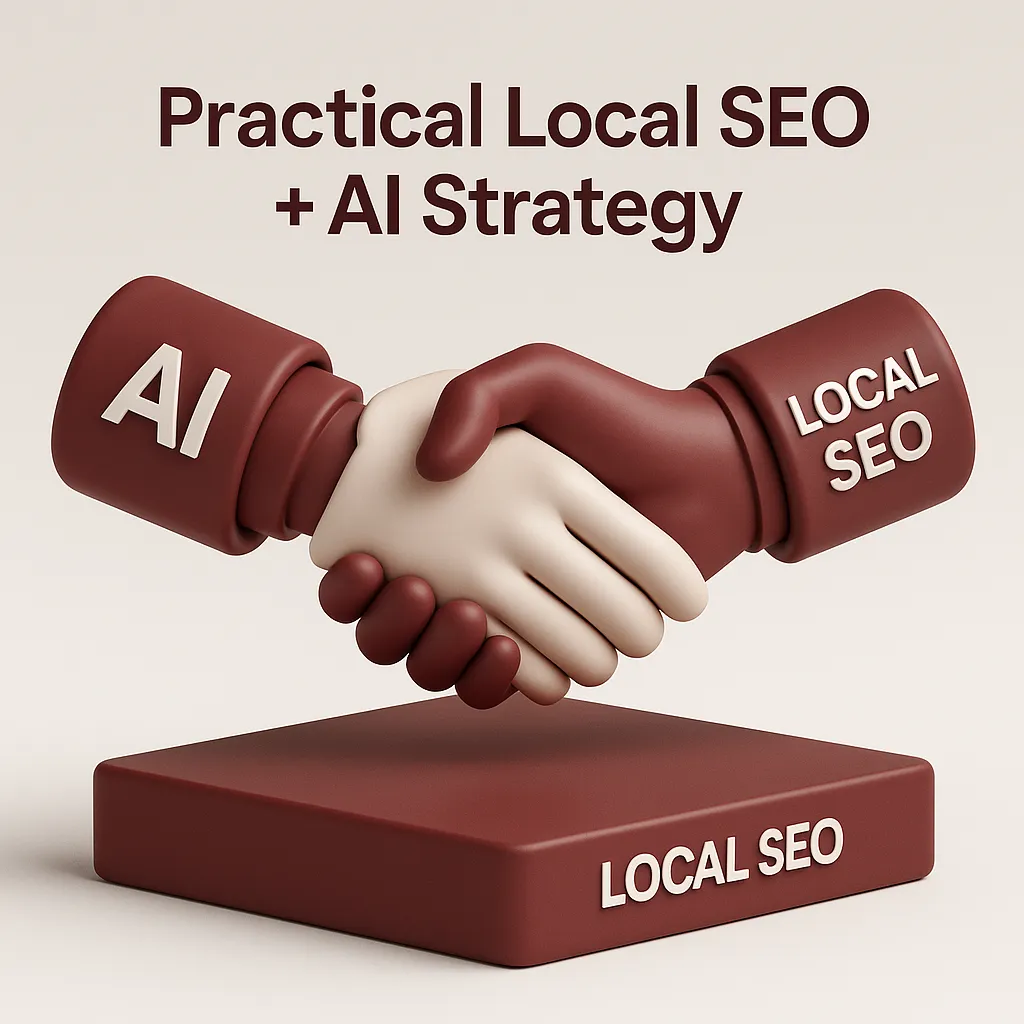Cracking the AI Code: How LLMs Interpret Content & Structure for AI Search Success
Searching as we have always known it is now undergoing a fundamental change. It was previously based on strategies involving keywords, backlinks, and metadata, but is now turning into a conversational, context-first interaction space—and we have Large Language Models, or LLMs, to thank for it. These AI systems form the backbone of Google’s new Search Generative Experience (SGE), Bing Copilot, as well as novel advancements in semantic web technologies. Such systèmes no longer merely peek through content. They analyze, process, and assemble it.
Content creators, business people, and SEO planners must start asking themselves these new questions: no longer “how do I get the highest ranking in Google,” but “how can I ensure my content is easy for AI systems to comprehend and utilize?” This is precisely the goal of this blog. Based on recent research, with structured content and LLM algorithms, AI search engine results can be harnessed with visibility and accessibility.
Comprehending The LLM Perspective: What It Is That They Do?
Vast text is available for training GPT-4 or Gemini. Unlike search engines that rank pages based on relevance and backlinks, LLMs interpret semantics. They:
- Construct context-based outputs depending on a given prompt.
- Use transformer-based attention to determine which components of a sentence (or document) are most important.
- Exhibit a strong preference for structured, logically flowing narratives rich with entities that resemble human speech or well-edited text.
Stat Insight: As per a Google research paper on SGE (2023), 84% of zero-click queries are registered because the summary has been provided in AI-generated snippets, which satisfies the user’s intent.
The New AI and User Intent Search Funnel
In AI Search, the funnel is no longer: Awareness > Consideration > Conversion.
Now it’s:
- A user input
- Synthesis (the AI understanding and summarizing)
- Trust evaluation (which private knowledge bases get selected).
Your content must enable the synthesis of these steps.
- An H1 heading should include the answer, “What does this page solve?”
- First, a summary that sounds as though an AI can read it should not exceed 200 words.
- All informative headers should correspond to a user-intent question.
- Facts along with statistics, should be updated and cited.
Structure is Everything: How LLMs Consume Information
1. Use Semantic HTML Correctly:
- Do not design only bloated elements. Instead, utilize: <article>, <section>, <header>, <nav>, <main>, <footer> tags.
- Hierarchy of <h1> to <h4> should have proper usage.
2. Add Executive or TL;DR Summaries
Self-condensed insights are loved by LLMs. Providing a TL;DR or summary box at the top:
- Heightens the probability of your content being leveraged in AI snippets.
- Supports your content in functioning as a factual reference point.
- Lists, Tables, and FAQs
Content should be formatted into:
- Bullet points.
- Step-by-step lists.
- Organized FAQs with schema.
According to a Semrush AI Overview study conducted in 2024, about 67% of AI-generated responses rely on content that is bulleted or presented in list format.
- Short and Declarative Paragraphs
- Three sentences should be the maximum limit in a paragraph.
- Topical statements should serve as beginnings for paragraphs.
Generative Engine Optimization (GEO): SEO's New Evolution
GEO (Generative Engine Optimization) is a coined term from 2023 that defines optimizing content for AI models such as SGE and ChatGPT.
GEO’s Fundamental Values:
- Start With An Answer: For every section, respond to it fully in the beginning, as if it is the introduction paragraph.
- Recognized Name Citation: Cite known entities as opposed to vague mentions such as “India Budget 2024”.
- Anchor Sentences: Short texts that capture the essence of the paragraph.
Entity-Based SEO: Teaching AI What You Mean
While entity keywords and subjects work, AI will never depend on them alone. Actual people, brands, ideas, as well as cities, are all vital.
Take the following actions:
- Reference real-world subjects by linking to authoritative entities for their sponsors, such as Wikipedia and Wikidata.
- Use precise phrases such as “Small Business CRM Platforms in India” instead of vague language like “great tools”.
- Add schema markup for:
- Organization
- Service
- Article
- FAQ
- Person
Stat Insight: Using Schema equally marks AI content visibility. Backlinko’s research in 2023 shows 72% of content highlighted in SGE’s precut used enriched schema markup traceable confidence content.
Retrieval-Augmented Generation (RAG) and Your Content
This is an abbreviation for a method in which retrievable language models utilize entity documents to provide answers, and explain advanced entity documents to aid their responses.
To be a good RAG source:
- Crawling and indexing should be possible on your site.
- Content updates should be done consistently.
- URLs, headers, and every claim made in the articles should be clear and verifiable.
Action Suggestion: Implement canonical tags, allow open access content, and regularly update the sitemap.xml file to enhance RAG systems such as Bing AI or Perplexity AI.
Prioritizing AI Overviews and Less Involved Google Searches
Summarized versions of information are now available on SERPs due to Google AI Overviews (previously SGE). These can be cited by other platforms:
Instructions:
- Maintain a directive writing style. (“Yes, here’s how it works.”)
- Provide an FAQ schema for each relevant subject.
- Add definitions at the start of relevant subsections, preferably 1-2 sentences.
- Fluff should be avoided. Treat your content as an executive brief.
Do This:
- Add vague introductory paragraphs to the executive brief content.
- Empty headings, such as “Conclusion” with no recap, cannot be used.
Visual and UX Elements that Enable AI Defining Context for Constructed Understanding
Complex language models (LLMs) deduce images via capture, alt text, and layout tags along with indirect aids.
Ensure the optimization of:
- Caption-less diagrams and images with the correct file name, e.g, “ai-schema-diagram.png.”
- Ingrid means that it comes with an HTML context or transcription underneath.
Internally linking with descriptive anchor text aids AI and users’ navigation around your topic map.
Content Maintenance: The Neglected LLM SEO Strategy
AI preferentially indexes well-maintained content that is recent, updated, or reworked.
Develop a system for maintaining content:
- Audit significant pages every three months.
- Modify statistics, hyperlinks, and citations.
- Remove outdated schema or enhance elements for AI compatibility.
Fact: 61% of pages that showed up in the AI Overviews from Google had already been refreshed within the past four months (Search Engine Land 2024).
Platforms for Analyzing Your Content’s Readiness for AI
Make use of the following resources:
- Content at Scale AI Detector (assesses if content is optimized for AI)
- Schema.org validator (to check markup validation)
- SparkToro (for authoritative sources to include in links)
ChatGPT or Gemini: Copy-paste the article and request, “Concisely rephrase it into three main points.” If they do not succeed, it indicates your structure requires refinement.
Do Not Only Aim to Rank.
Ensure to be Read, Referred, and Respected by AI
In this modern era of LLM, content does not simply focus on ranking high in SERPS, but rather on being heavily dependent on AI technologies. Be it a quotation included in an SGE snippet or a passage cited by a chatbot, your goal needs to focus on teaching machines and serving humans.
With sharpened formatting, entity-driven SEO, smooth prose, and routine revisions, the content can serve as a guide for systems navigating AI search engines.
The future we envision today is not focused solely on keywords. Instead, on context, AI-driven engines, and a wealth of entities.
If you need assistance with content audits or optimization strategies tailored for LLM search settings, don’t hesitate to contact me. Allow us to position your brand confidently within the AI sphere.






